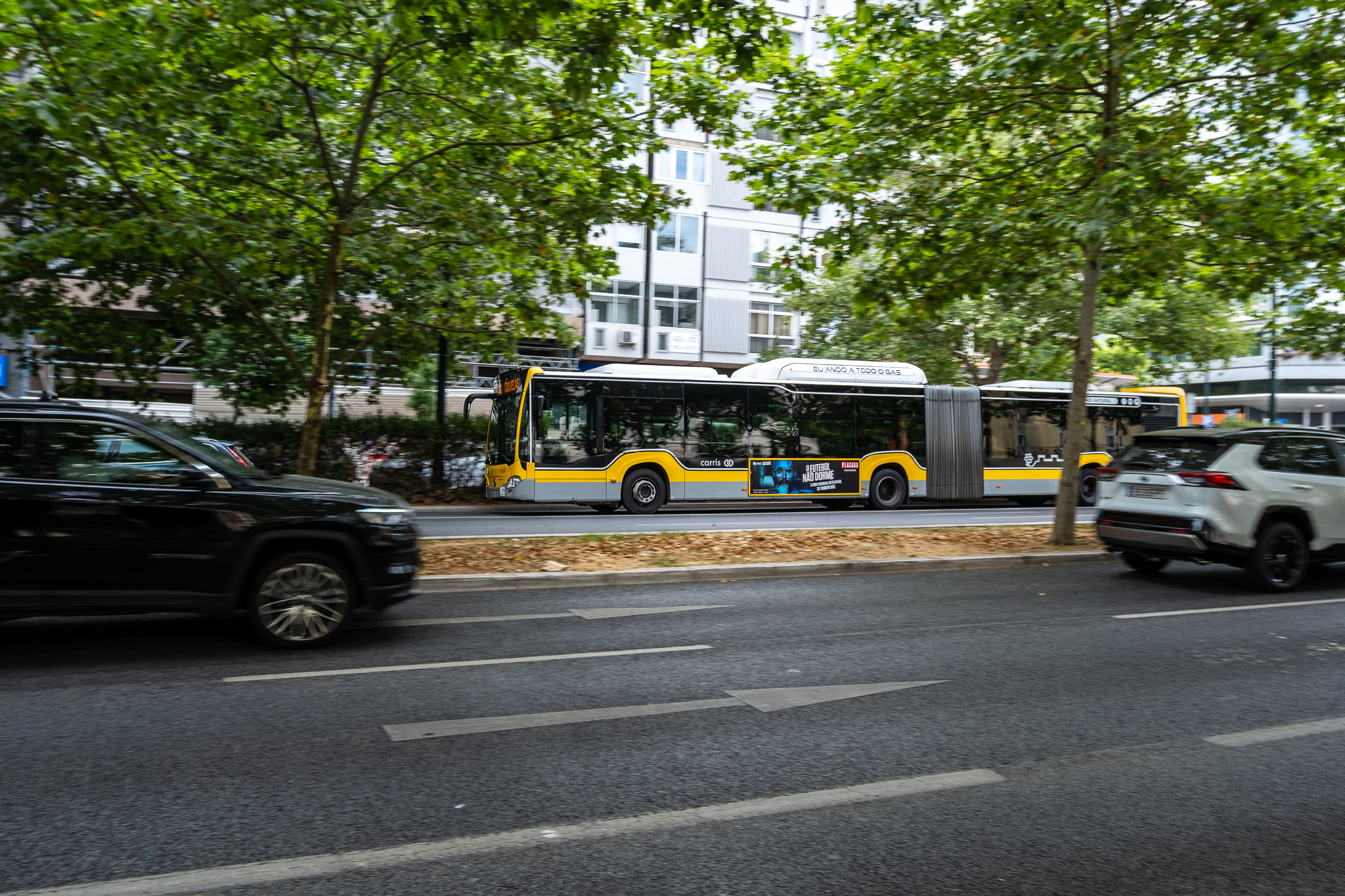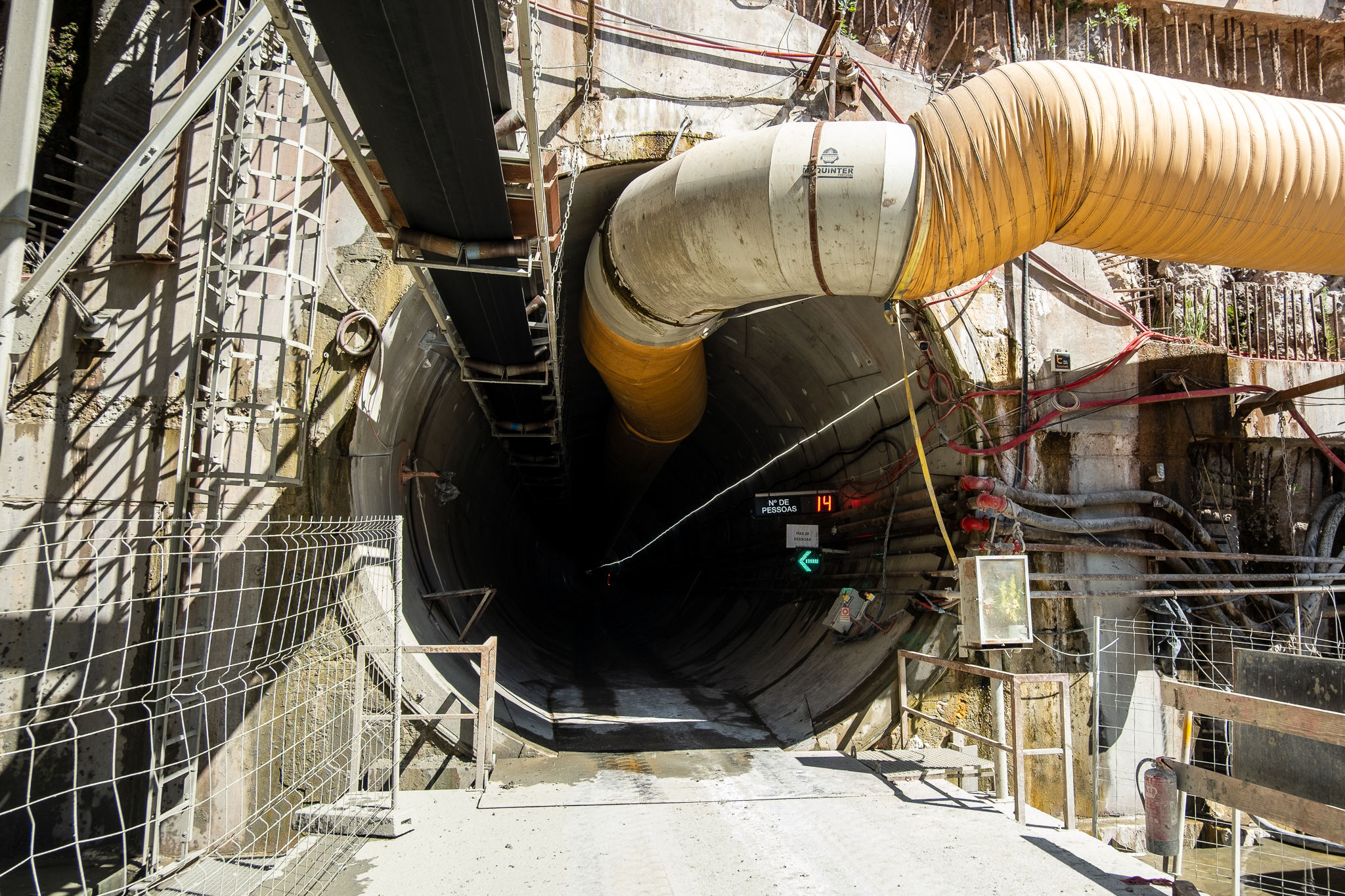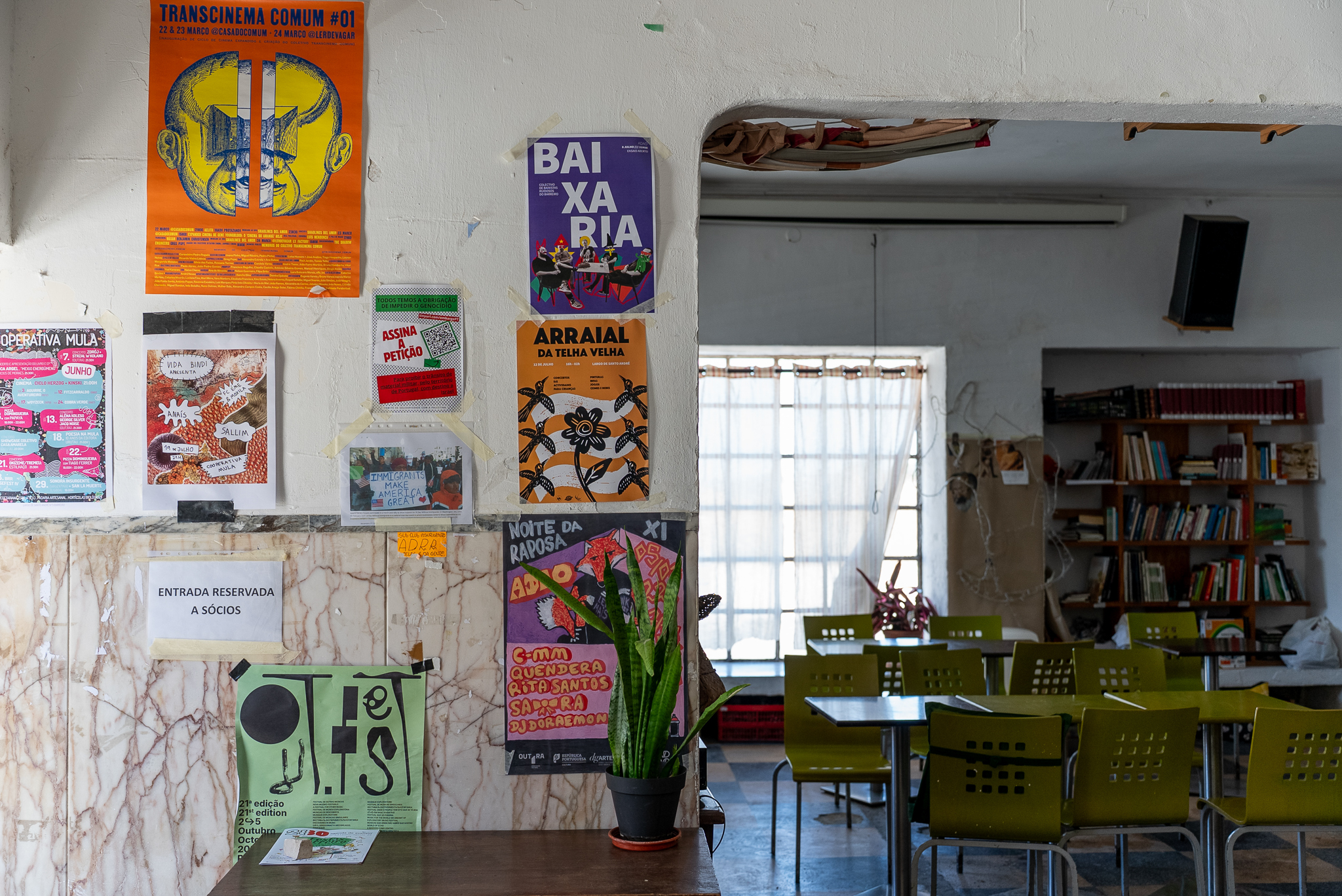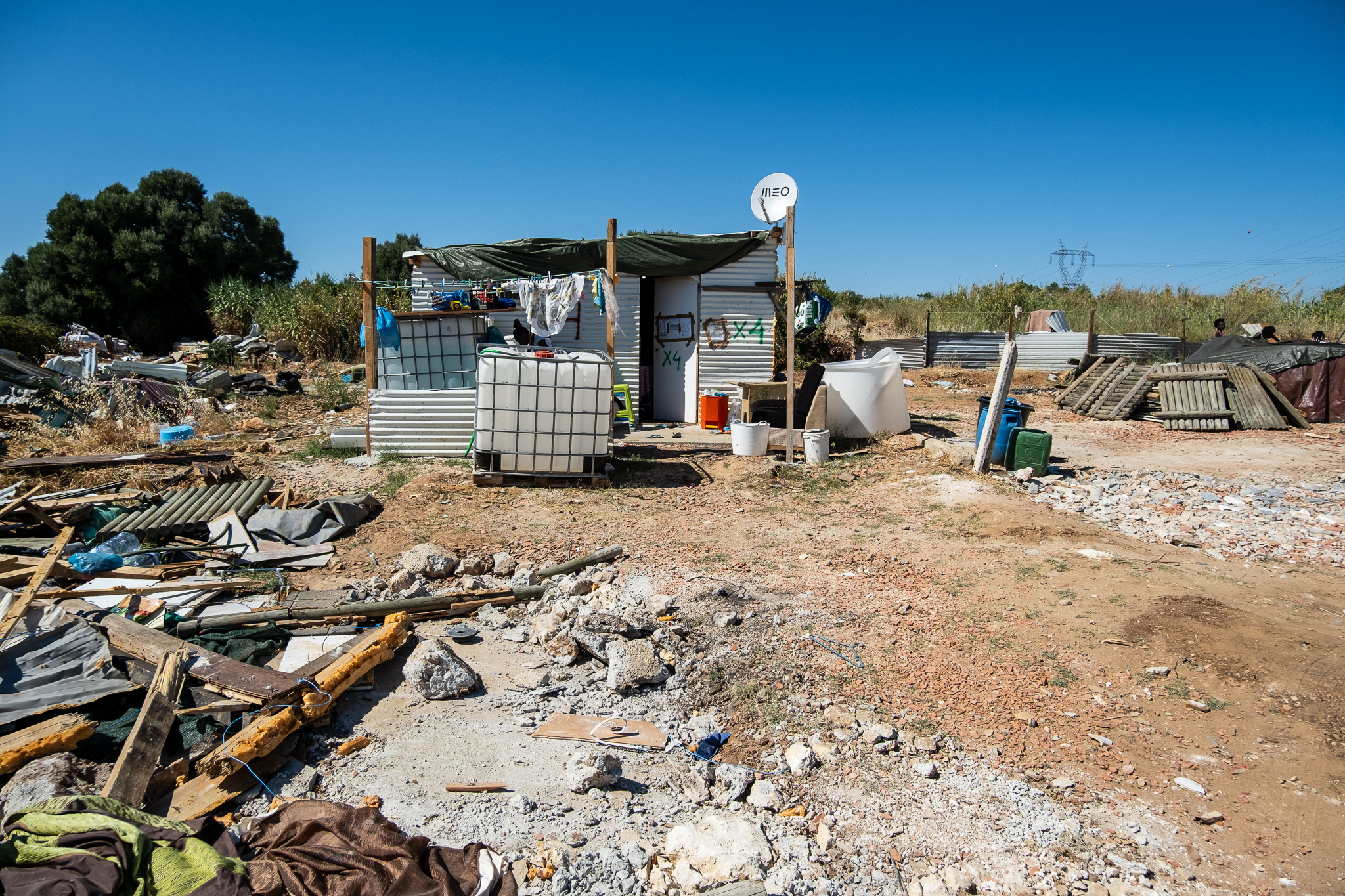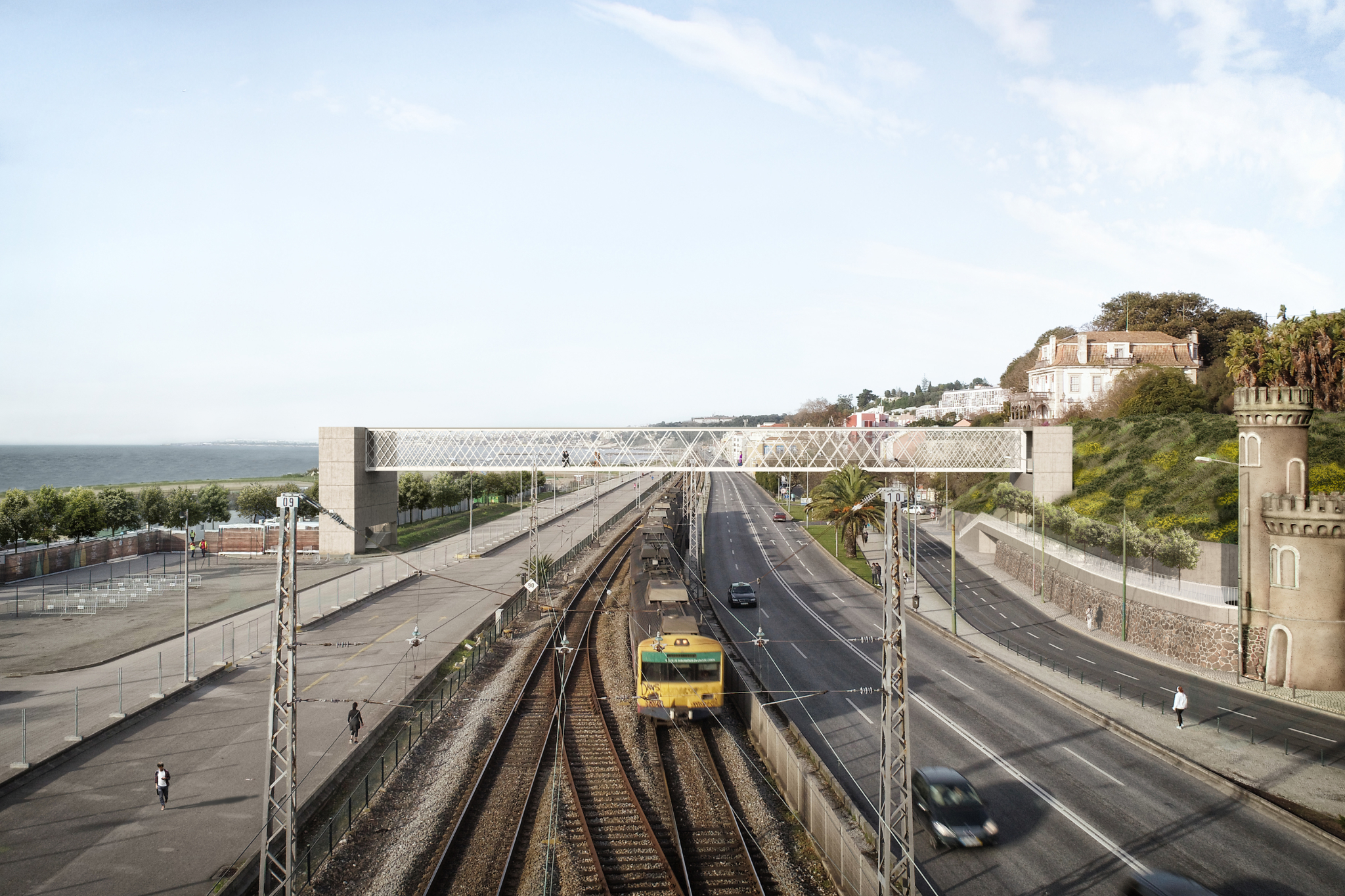The most recent data, from May 2021, show an average volume of 120 cyclists per hour on Avenida Almirante Reis. Traffic on this artery tripled compared to May 2020, when there was still no bike lane.

In May 2021, more than 120 cyclists per hour passed by on the bicycle path of Avenida Almirante Reisthat month, although still under constructionwas already connecting Martim Moniz to Alameda through two one-way corridors, one in each direction of the avenue. The data are from the Instituto Superior Técnico (IST), were counted during the afternoon rush hour period and result from the most recent report of the biannual counts carried out by a team from that institution in collaboration with the Lisbon City Council.
According to the reportto which Lisboa Para Pessoas had access, "in May 2021, the average volume of cyclists per hour tripled compared to May 2020 (before the implementation of the bike lane), especially in the afternoon rush hour". A The bike path on Avenida Almirante Reis was originally implemented in June last yearbetween Praça do Chile and the end of Rua da Palma, an artery contiguous to Almirante Reis. In March 2021, the bike path began to be intervened to gain a new undirectional configuration instead of bidirectional.

Before the existence of the bike path, cyclist traffic on Avenida Almirante Reis was less than 40 bicycles/hour, according to counts that have been conducted by the Instituto Superior Técnico since 2017 always in the month of May (in 2020, they also started to be done in October). In the first days of the bike path, the volume of cyclists increased to more than 60 bicycles/hour. In October 2020, still without the Almirante Reis bicycle path connected to the cycling network (it ended at Praça do Chile and Praça do Martim Moniz), more than 80 bicycles/hour are circulating. "It is observed that the implementation of the bike lane has enabled a strong growth of bicycle users since June 2020 and the trend is bound to increase."
The team from Instituto Superior Técnico, coordinated by Rosa Félix, an urban mobility specialist and member of the CERIS research unit, counts the cyclist traffic on Almirante Reis in two points during the morning and afternoon periods: at the intersection of the avenue with Rua Pascoal de Melo and at the junction with Rua dos Anjos. The average volume mentioned above is calculated based on the values obtained at these two points. Pascoal de Melo is where the number of cyclists has grown the most. "The passage of cyclists is also more frequent at location H3, the intersection with R. Pascoal de Melo, which allows for a smooth connection to the city center and the city plateau from Av. Almirante Reis", reads the IST count report.

It was also observed a discrepancy between the morning and late afternoon traffic, which may indicate that Almirante Reis is not the most important road in the city. "used exclusively for home-work commuting". "By May 2021 the imbalance between morning and afternoon has increased, with a higher prevalence in the afternoon rush hour period", it reads.
The report points out that by October 2020 "a big growth in the percentage of women using this axis"but that this percentage decreased from 24% to 18% at the Pascoal de Melo observation point and from 28% to 16% at the Rua dos Anjos observation point in May of this year. The percentage of children circulating on Almirante Reis remained the same. "The fact that the implemented bike lane is not 100% segregated from other traffic (namely emergency vehicles), will mean that it may not be considered as safe for a child to ride on this avenue."explains the team coordinated by Rosa Félix.
The IST conducted the counts between May 24 and 28 during five working days at Almirante Reis and other points in the city, at a total of 19 observation posts. In this observation campaign 10,507 cyclists were observed and characterized. The team had eight observers, duly qualified for the purpose.

